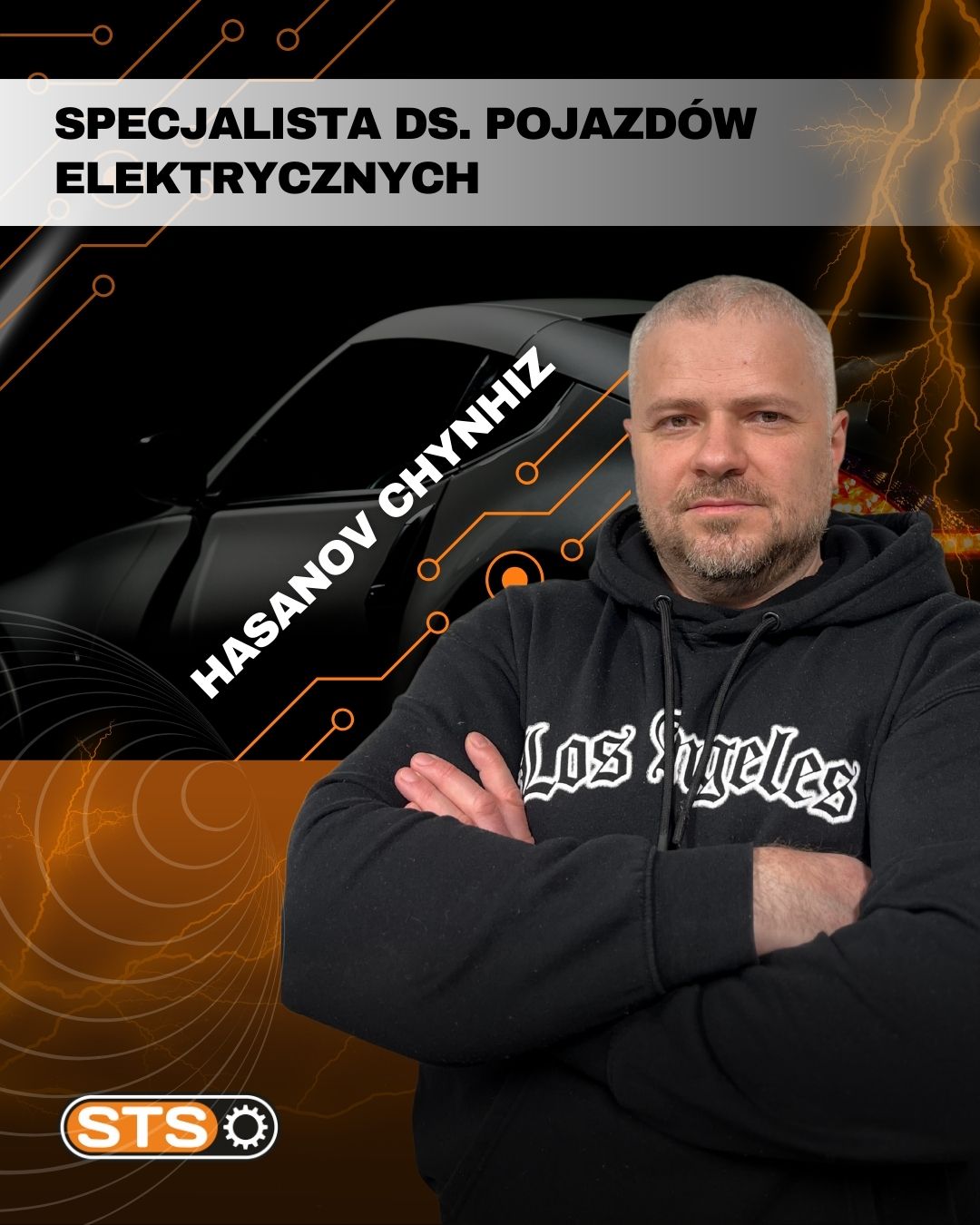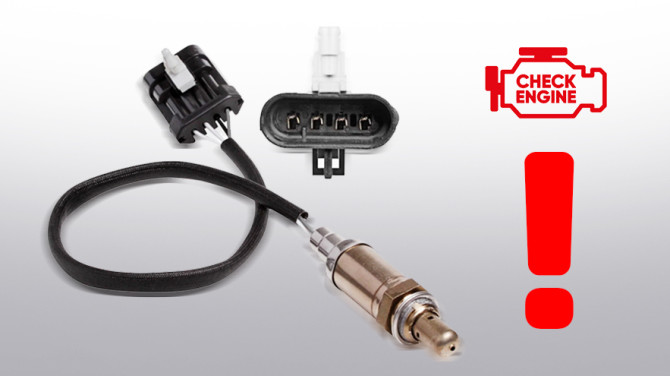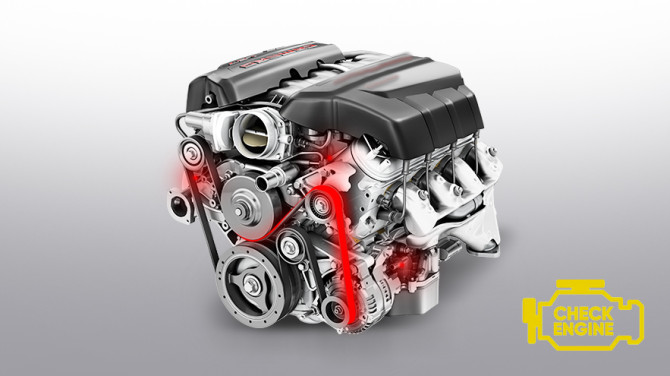Sealants for steering control - a panacea or a catalyst for malfunctions?

Leakage of the power steering system is a common problem that every driver has faced at least once. In such cases, most professional mechanics advise turning to specialized service stations to check the steering system and fix the leak.
But there are those who recommend using sealant additives that supposedly stop leaks and extend the service life of all power steering components. So who should you believe? Let's figure it out.
What is a power steering sealant additive?
A power steering sealant is a liquid agent that is added to the power steering fluid to stop leaks. The sealant contains substances that affect rubber elements (seals, O-rings, and gaskets), restoring elasticity and causing controlled expansion of the rubber. The enlarged seals (which are part of the power steering pump repair kit or other units) close the cavities and seal the power steering system.
Yes, the sealant works exactly like that. But the result is not always as unambiguous as the manufacturers and sellers of sealants promise.
Firstly, the sealant doesn't start working immediately. To eliminate the leak, you'll have to cover a considerable mileage - from 50 to 160 kilometers. The instructions of any sealant always specify the distance you need to drive with the sealant for the leaks to disappear.
Secondly, there's no guarantee that the sealant will help on the first try. And if the first attempt was unsuccessful, manufacturers advise... to repeat everything again! That is, not to check the steering system at a service station and finally find out the cause of the leak, but simply pour in more of the miracle product. Well, you can never have too much sealant, right?
Thirdly, there's no guarantee that the sealant will help at all. After all, the causes of power steering leaks are not always wear and tear of the elements in the power steering pump repair kit or the power steering rack. So it turns out that you not only didn't fix the leak, but also poured a fluid into the system that negatively affects the elements of the steering system.
Let's first consider cases when the sealant won't help at all.
It's too late to pour sealant when the rack has fallen off
Here are a few examples of situations where the sealant won't give the expected result:
- A seal or gasket has burst. In such a situation, even if you pour in several liters of sealant, it won't stop leaking. Unfortunately, power steering sealants can't fuse burst rubber elements. So no matter how much sealant you pour, the seal will continue to leak.
- A high-pressure hose has cracked or worn out.
- It's not the seal that's worn out, but some metal or Teflon part. For example, the support bushing has cracked, the pressure relief valve has failed, or the bypass tube has cracked. The sealant definitely won't help here, and will only accelerate the wear of the steering system elements. In short, first find the real cause of the leak, and then pour whatever you want into the power steering reservoir. Or better yet, don't pour anything at all.
- The sealant is not compatible with the oil. Sealant manufacturers claim that most additives produced to eliminate leaks are universal and can be mixed with all types of power steering oils without consequences. In reality, it's not so rosy.
As we've already mentioned in the article "6 Myths About Power Steering Oil", technical fluids contain additives that improve the physical and chemical properties of oils. And for each type and kind of oil, there is a unique composition and concentration of these additives. Therefore, you can't mix different types of oils - the components of the fluids are mostly incompatible, and such a "solution" will only accelerate the wear of the steering system units.
A sealant for eliminating leaks is another set of additives. Therefore, if you mix the sealant and power steering fluid, the consequences will be the same as if you mixed two different oils. The sealant disrupts the chemical structure of the fluid, causing the oil to lose important chemical and physical properties, and the car's steering system wears out many times faster. For example, the oil may thicken or, conversely, lose viscosity, may start to foam or become less resistant to low and high temperatures. In short, anything can happen, and in any case, the consequences will be dire.
And the saddest thing is that a sealant that will be truly compatible with at least one type of oil doesn't exist in principle. Yes, if the leak appeared due to slight wear of the seal, O-ring, or gasket, most likely, the sealant will eliminate this and temporarily restore the functionality of the power steering. Why temporarily?
Sealant is not a "universal soldier", but only an attempt to postpone the inevitable
Let's say the additive has done its job, expanded the worn rubber seals, and the leak has disappeared. At first glance, everything is fine. The oil with the sealant circulates throughout the system, and gradually all rubber elements are affected by the sealant. The sealant is just a regular technical additive, not a smart liquid like T-1000 from the second "Terminator". It can't choose only damaged parts, but acts on ALL rubber elements, even completely intact ones.
The consequences can be various:
- Swollen rubber can block channels for oil. The fluid will stop flowing in the required amount into the hydraulic cylinder chambers, and the entire system will simply cease to function. This increases the load on the power steering pump, which is likely to burn out. In this case, during turns, you will feel heaviness on the steering wheel and hear a characteristic hum that will only intensify as the engine speed increases.
- Friction between the power steering elements will increase. First of all, excessive friction will affect the sensitivity of the wheels to steering wheel turns. Also, excessive friction will increase the load on the pump, which will hum and howl.
- Swollen seals and gaskets will interfere with the moving elements of the steering system. In addition to excessive friction, the seals can occupy space intended for the free movement of moving elements of the steering system - the distributor spool, rack rod, power steering pump shaft. The consequences, of course, will be dire - the car will respond worse to the steering wheel, and you will face serious difficulties while driving the vehicle.
Do you think problems due to sealants occur only with rubber seals? Not at all. The biggest drawback of all sealants is their impact on the composition and properties of power steering fluid. And here's what such changes lead to:
- The oil thickens or thins;
- The power steering fluid foams;
- The oil tolerates critical temperatures worse.
The oil has thickened and tolerates low temperatures poorly
The main requirement for power steering fluid is an optimal level of viscosity, which is needed for the correct operation of the booster in any season and under any loads.
If the oil becomes too thick, the load on the pump increases, which takes more time to create the necessary pressure and ensure continuous circulation. Also, thickened oil tolerates low temperatures worse.
Due to thickened oil with sealant, the pump overheats and carbon deposits form on the unit's parts. This carbon deposit eventually clogs the channels and cavities of the power steering units and accelerates the wear of the power steering pump elements, as well as the distributor and hydraulic cylinder of the steering rack.
If resistance to low temperatures drops, then in severe frost, it will take much more time to warm up the car and heat up the power steering fluid. The pump is heavily overloaded and overheats. The main sign of such a problem is that in cold weather, even with the engine running, the steering wheel remains stiff and heavy for a long time, and the power steering pump howls and hums.
The oil has become watery and lost resistance to high temperatures
If the fluid has lost viscosity, it will also affect the operation of the steering system. The power steering pump will create the necessary pressure in the system faster and the steering wheel will become noticeably lighter. What's bad about this? For example, the fact that you've already gotten used to turning the steering wheel with a certain force. Out of habit, you turn the steering wheel, and the car abruptly throws to the side, because you applied effort as usual, but the steering wheel turns much easier. As a result, anything can happen - from a traffic violation and a fine to a serious accident.
Also, thinned oil boils faster and foams more often than clean fluid without sealant. Consequences:
- Incorrect operation of the power steering;
- The steering wheel moves in jerks and during turns, there are failures and fluctuations in effort on the steering wheel;
- Uncomfortable driving and unpredictable behavior of the car on the road.
The oil foams and boils
It's very easy to identify this problem - just open the power steering reservoir cap and look inside. In most cases, if you pour sealant into the oil, over time the fluid will start to foam, even if nothing is leaking anywhere.
In a normal state, bubbles in the oil appear when the power steering is leaking and air gets inside the system. The sealant changes the structure of the fluid and reduces its resistance to high temperatures. As a result, the oil will start to boil, and since the system is sealed, after the fluid cools down, its vapors will remain inside the power steering and will foam the oil from time to time.
The consequences of such a problem - the steering wheel turns in jerks and "fails", it's uncomfortable to drive, the risk of an accident increases because the steering system, in particular, the power steering, works incorrectly.
So it turns out that sealants, which supposedly eliminate leaks, don't always help and in the long run quickly wear out and ruin the steering system units.
You probably think that we're going to say something like: "If you've found a leak, go to a service station, and don't pour any junk into the system". Yes, you're right. This is the only correct decision you can make if you've found a leak. Don't think that sealant will save your money. To eliminate the consequences of the sealant, you'll need much more money and time than for diagnosing the steering system and fixing the leak at a service station.
By the way, while preparing this article, we relied not only on our own experience but also on the feedback from our clients, users of automotive forums, and even watched video reviews of motorists on YouTube. Of course, there were not only negative reviews, but there were still many more of them. There were even cases when a user first said that the sealant helped and everything was great, and a month later added a new comment or video in which they said that the rack had failed or the pump had burned out. That's how it is!







